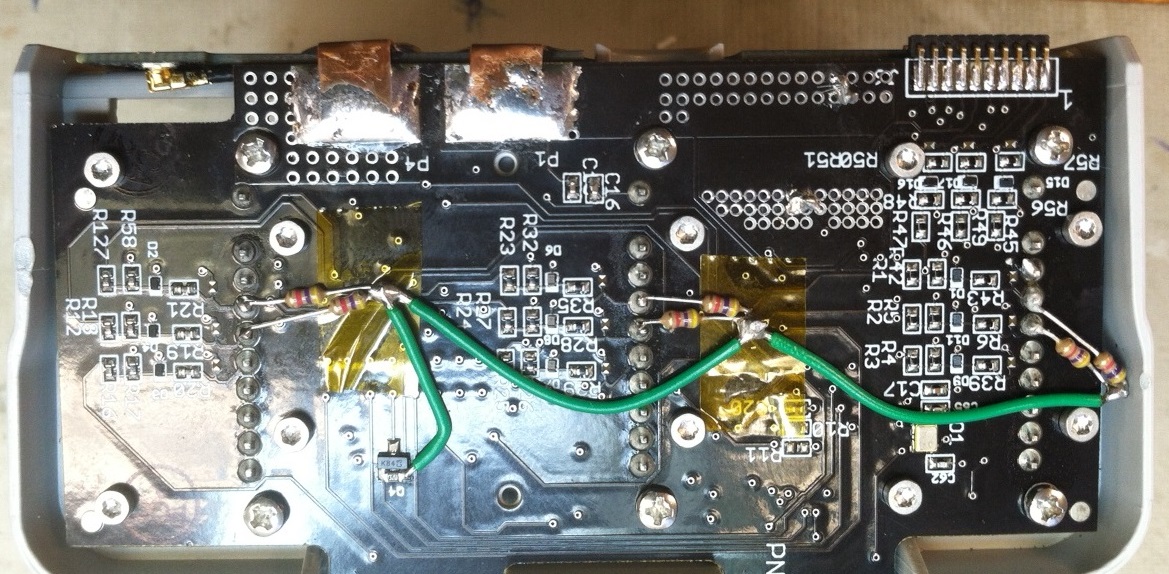I am using the PCA9544A SMBUS mux. I did not put pull-up resistors on the output of my prototype board like figure 11 shows in the spec sheet. I am able to read data from the three attached battery modules, but am seeing more re-tries than I think I should. I will be putting pull-ups on the outputs to try again tomorrow. Any input or predictions or thoughts on the need for resistors on the 4-muxed output clocks and data. ? I am not doing a voltage translation in my design and every thing is 3.3Volts.
-
Ask a related question
What is a related question?A related question is a question created from another question. When the related question is created, it will be automatically linked to the original question.



